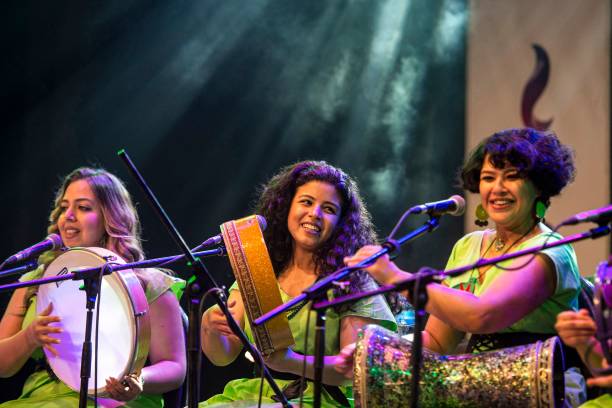Hand drums and percussion instruments are an important part of world music, used in various contexts for communication, expression, and storytelling, highlighting the universal language of rhythm. They are drums you play with your hands.
All types of hand drums are essential component of music and have been used for centuries all over the world. These adaptable instruments, which are distinguished by their dependence on the hands to produce sound and have been a part of musical traditions.
This article delves into the types of hand drums.
Types of Hand Drums and Percussion Instruments
Frame Drums: Shallow body with a single drumhead stretched taut across an open-ended frame. Examples: tambourine, bodhrán, daf.
Goblet Drums: Single head attached to a vase-shaped body. Examples: djembe, doumbek, udu.
Cylindrical Drums: Two drumheads stretched across a cylindrical body. Examples: congas, bongos, dhol.
Tongue and Steel Drums: Steel pans with tongues cut from the surface that are struck with mallets to create musical tones. Example: steelpan.
Frame Drums
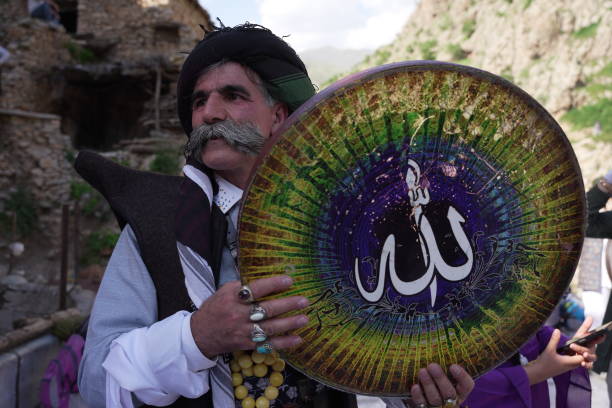
Tambourine – A type of hand drums with jingles
Tambourines are types of hand drums that have jingles attached at regular intervals, used in European folk music, Middle East & North Africa, Latin America, and worldwide folk music genres. They are commonly used alongside dances and celebrations in Europe, and in Middle East and North Africa.
Bodhrán – Key in Celtic music, played with or without a stick
The bodhrán is a frame drum in Celtic music, providing rhythm and accents within a piece rather than following a key. Bodhran are a types of hand drums typically played with a tipper, a single-headed beater traditionally made of wood or bone, rather than bare hands in some techniques.
Tar – Ancient Middle Eastern drum
The tar are types of hand drums which are an ancient Middle Eastern and North African frame drum. They are a prominent instrument in folk, classical, religious, and modern music, played vertically on the lap with one hand.
Daf – Iranian frame drum with metal rings
The Daf are types of hand drums which have an ancient frame drum from pre-Islamic Persia. They are a dynamic instrument with a sturdy wood frame, animal skin membrane, and metal rings, deeply rooted in Iranian culture and influenced by music traditions and Sufi rituals.
Pandeiro – Brazilian frame drum
The pandeiroa are types of hand drums in Brazilian music. It is a versatile instrument with a wood shell, tunable head, and cupped metal jingles, used in various styles like samba, choro, coco, and capoeira.
Goblet Drums
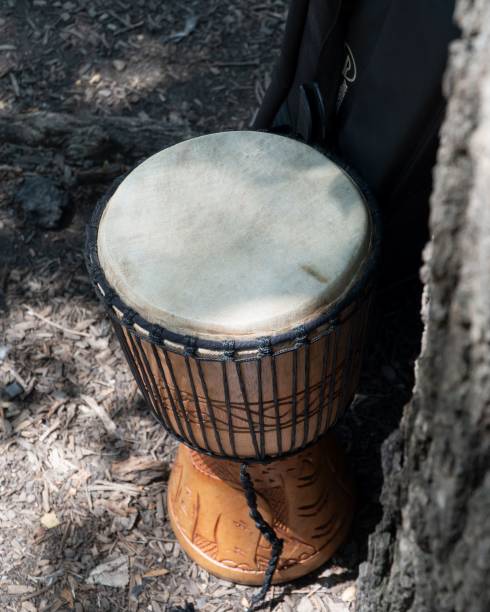
Djembe – Popular African drum with a wide tonal range
The djembe are types of hand drums which are goblet-shaped drum in nature and are from West Africa. It is known for its rich sound and rhythmic complexity. Made from hardwood, it produces bass, tone, and slap, and is used in various musical styles.
Doumbek – Mainstay of Middle Eastern music
The doumbek, a goblet-shaped hand drum in Middle Eastern music.They are types of hand drums that has a rich history and versatility, making it a core component in various genres like Dabke, Bellydance, Egyptian Maqams, Turkish Sufi, and modern Middle Eastern pop.
Udu – Nigerian clay pot drum
The udu, a Nigerian hand percussion instrument, originated from the Igbo people and is traditionally used by women for ceremonial purposes.They are types of hand drums crafted from clay. It has a deep, earthy sound and can be played solo or in rhythmic accompaniments.
Tonbak – Persian goblet drum
The Tombak, a pre-Islamic Persian goblet drum, is a key instrument in rhythmic ensembles. The types of hand drums are crafted from a single wood block with an animal skin head, it offers a variety of techniques.
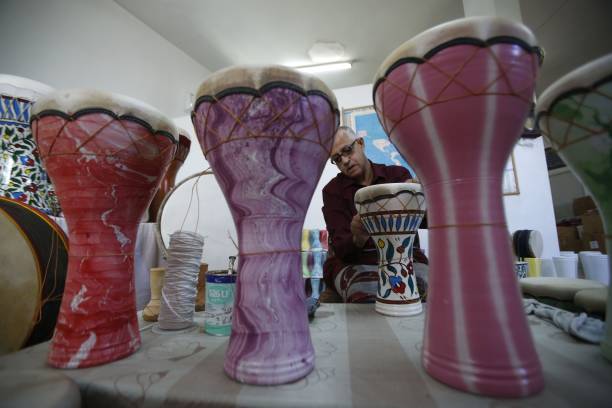
Cylindrical Drums
Congas and Bongos – Central to Latin American music
Congas and bongos are types of hand drums that are Latin American percussion instruments. They provide a dynamic foundation for various genres.
Ashiko – Traditional African drum
The Ashiko are types of hand drums which is a traditional African hand drum from Yoruba culture. It plays the bass line in ensembles and is found in West Africa and the Americas.
Cajón – Peruvian box-shaped drum
The cajón, a box-shaped percussion instrument from Peru, developed by enslaved West and Central Africans. These types of hand drums are a versatile instrument with Afro-Peruvian heritage.
Tabla – Essential in Indian classical music
The tabla, a key percussion instrument in Hindustani classical music, serves multiple roles, including rhythmic foundation, accompaniment, solo performances, and global fusion, requiring intricate finger and hand techniques. These types of hand drums are a vital part of the musical culture in India.

Tongue and Steel Drums
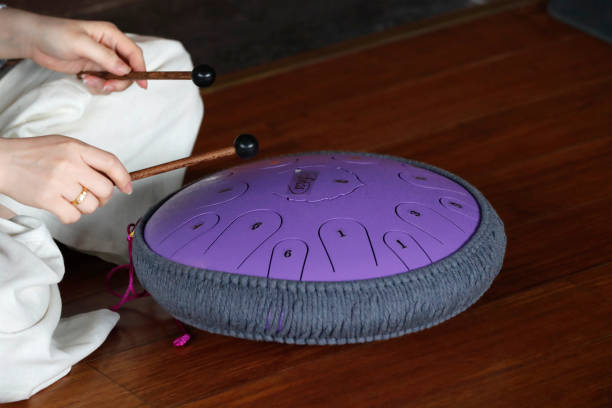
Steel Pan – Caribbean music icon
The steelpan, a 20th-century Caribbean musical instrument, symbolizes national pride and global recognition, reflecting the Caribbean spirit of resourcefulness and creativity.These types of hand drums are a vital part of the Caribbean culture.
Tongue Drum – Melodic percussion with cut-out tongues
The tongue drum are types of hand drums which are melodic in nature. They are made from a circular steel shell with raised tongues, producing a rich, harmonic sound. Its simplicity makes it popular for relaxation, meditation, and music therapy, while advanced players can explore complex rhythms.
“Hang Drum” or “Handpan”- A newer type of hand durm that produces melodic tones
The term “Hang Drum” is often used interchangeably with “Handpan,” but there’s a key distinction. Handpans are types of hand drums invented by Swiss company PANArt in the early 2000s. They are steel tongue drums with melodic and harmonic tones, producing rich, melodic sounds.
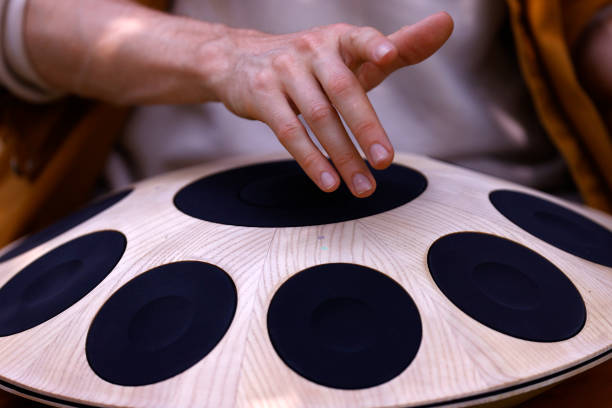
FAQs
How many types of hand drums are there?
There are numerous types of hand drums, each offering unique sounds and cultural significance. Among the most notable are African hand drums like the djembe (1), a goblet-shaped drum known for its rich tones, and the talking drum (2), which allows pitch modulation through adjustable strings. Middle Eastern drums include the darbuka or doumbek (3), a goblet drum with crisp tones often used in traditional music. Other types include the cajón (4), a box-shaped drum originating from Peru, the tabla (5) from India, known for its complex rhythms, and the frame drum (6), one of the oldest drum types, found in various forms worldwide.
What is the most popular hand drum?
The djembe are types of hand drums widely considered the most popular hand drum globally. Originating from West Africa, it has gained recognition for its versatility, rich tones, and cultural significance. The djembe can produce a wide range of sounds, from deep bass tones to sharp, high-pitched slaps, making it suitable for solo performances and group settings. Its adaptability has made it a favorite in various musical genres beyond traditional African rhythms, including world music, fusion, and drum circles. The djembe’s popularity is also attributed to its accessibility, as it can be played by beginners yet still offers complexity for skilled percussionists.
Why are hand drums so expensive?
All types of hand drums are often expensive due to the craftsmanship, materials, and cultural value involved in their production. Many are handcrafted by skilled artisans, requiring significant time and expertise to create. For example, traditional djembes are carved from a single piece of hardwood, often with intricate designs that add to their value. The materials used, such as high-grade wood, natural animal hides, and durable hardware, further contribute to the cost, as these elements are essential for producing rich, authentic sounds.
